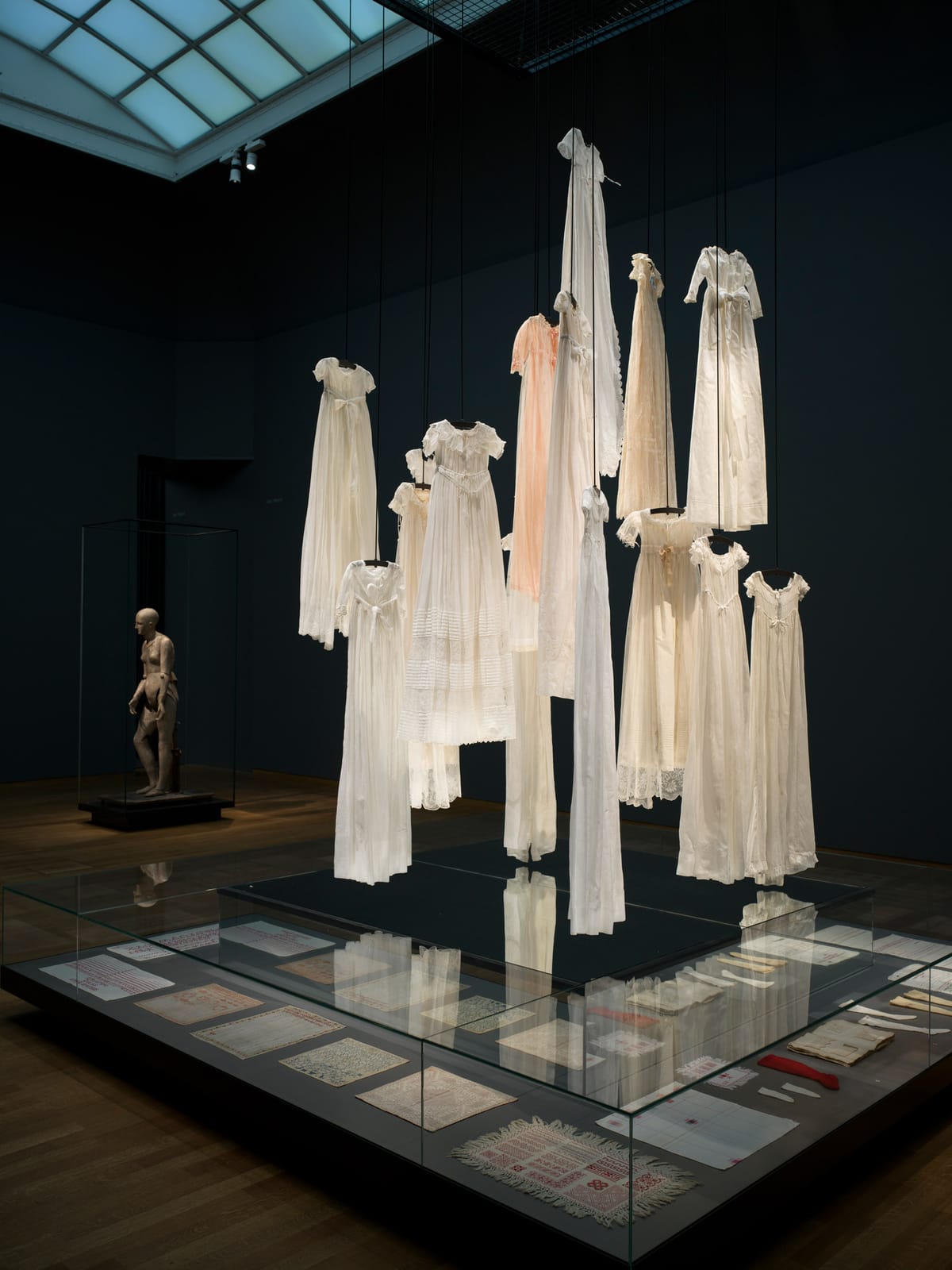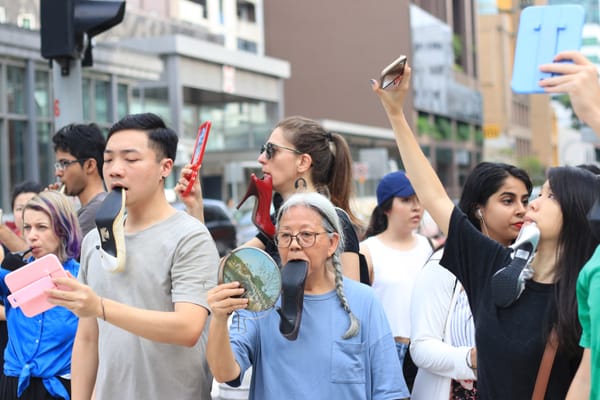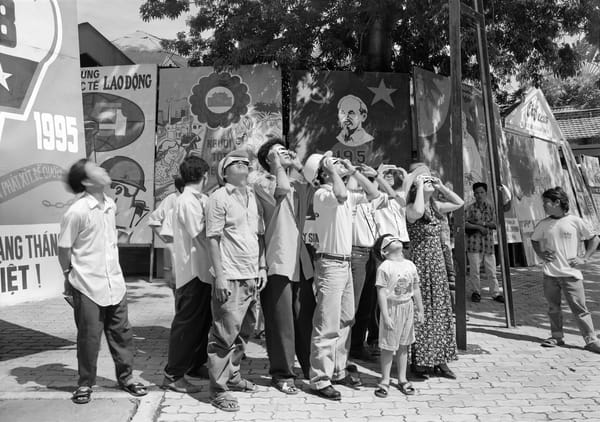Issue
Amsterdam: Fiona Tan: Monomania

Fiona Tan: Monomania
Rijksmuseum
Amsterdam
How do art and science represent human emotions and psychological disorders? What effect do these representations have on our perception of mental health conditions? These were two key questions raised by Fiona Tan in “Monomania” at the Rijksmuseum, Amsterdam, an exhibition focusing on the development of psychiatry in the 19th century. The extensive show of over 250 pieces predominantly comprised paintings, prints, decorative art, photography, and historical objects from the Rijksmuseum’s collection, combined with selected items from other institutions as well as Tan’s own work, including sketches, a photo collage, and two video installations. Notably, Tan, who has Indonesian, Chinese, and Australian heritage and has lived in Amsterdam since the 1980s, was the first artist invited to curate a major exhibition at the institution.
The title “Monomania,” an outdated clinical term that once denoted obsessive fixations, referred to Théodore Géricault’s Les Monomanes, a series of paintings that includes his well-known Portrait of a Kleptomaniac (c. 1820–24). On loan from the Museum of Fine Arts, Ghent, the haunting portrait is noteworthy for its expressive realism and Géricault’s attempt to portray psychological illness. Fascinated by this painting, Tan asked: “To what extent is it possible to see from the outside of a person what is happening on the inside?”







